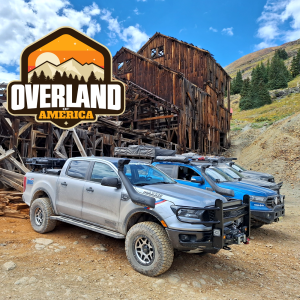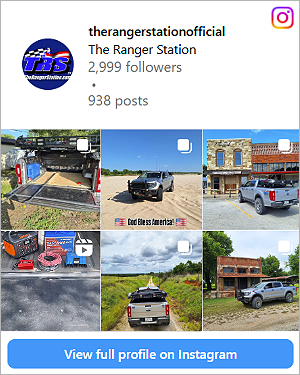Not my expertise, but a couple thoughts. Does the back of the old flywheel and the back of the new flywheel (the opposite side from where the clutch disc rubs), are they both the same? Check it with a straight edge and such.
Also, a poor man’s way to check thickness: straighten out a paper clip, and put a tiny little L on the end of it, maybe 1/8 of an inch. Then you can insert it in the bolt hole, pull it back til it catches, and hold that spot with your fingernail while you remove it. Then you can stick it in the other flywheel and see if it’s the same thickness.
Finally, if you do go with longer bolts, make sure you get the same “grade” bolt. Grade meaning harness. If it’s a hex head bolt, the hardness is often indicated by a series of marks on top of the bolt. “-“ marks radiating out from the center. If it’s an allen head or a torx, I’m not sure how you can tell. There’s a lot more to bolt strength than simply length, diameter, and thread count. If you put “soft” bolts in there….
And I think a lot of these guys are driving at the same point, but they didn’t say it the same way: safety first. Don’t try to do something cool or try to save a few pennies, and end up with a clutch disc up your butt! It’s not something you want to fool around with. I know a guy with seven toes because the clutch assembly came up through the floor, but that was on a hot rod. But there’s still an awful lot of energy in that spot in the vehicle.
My two cents, as always, I hope it helps













